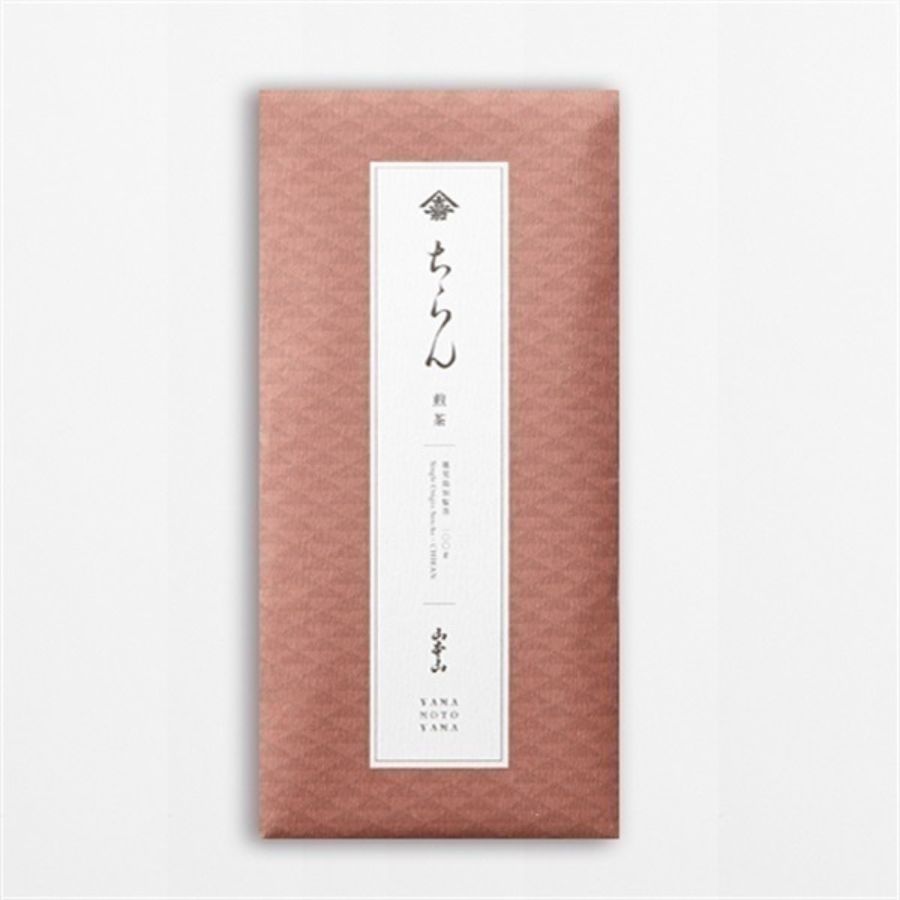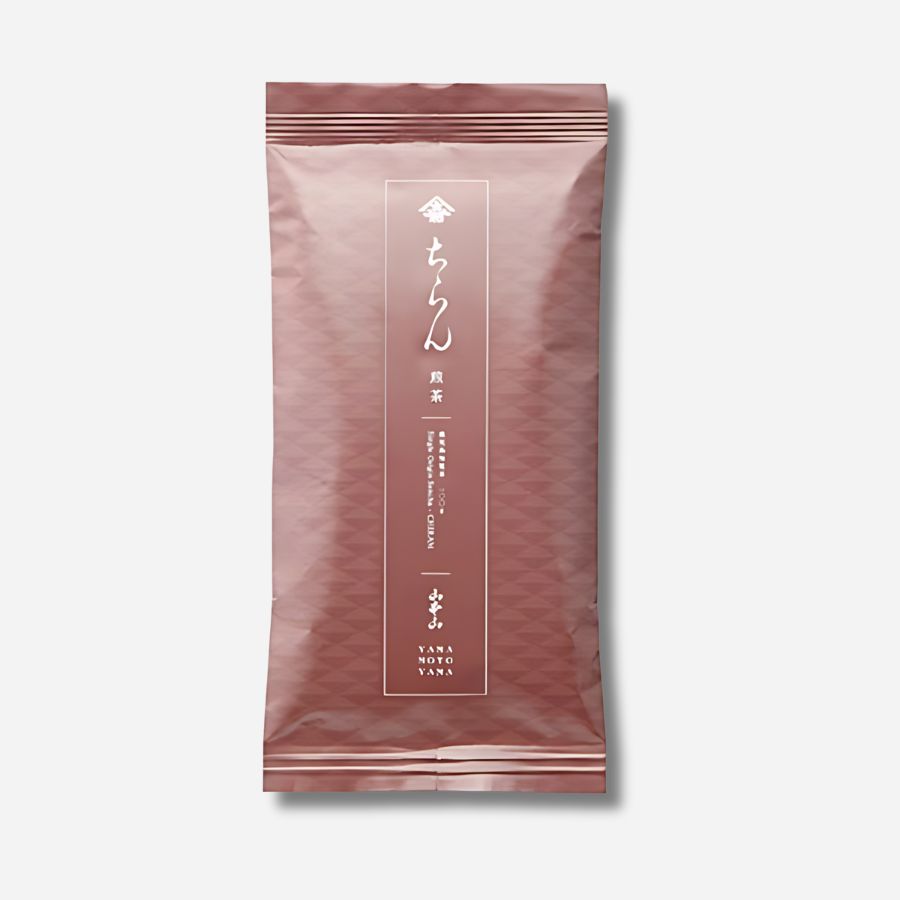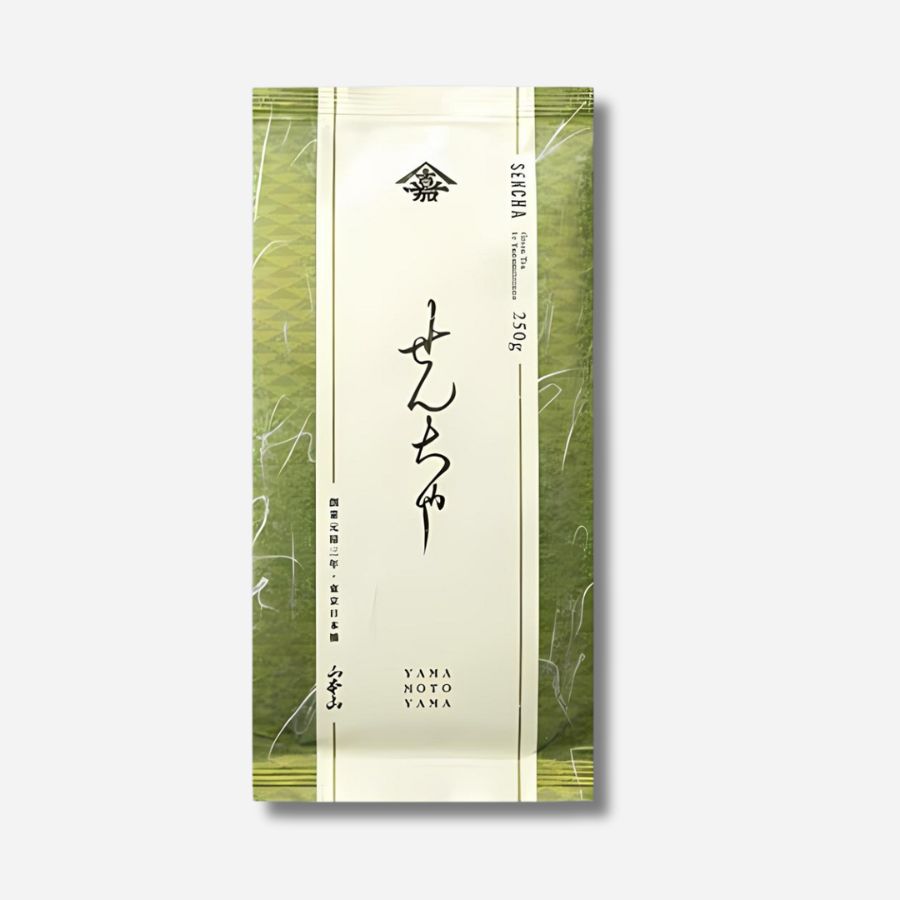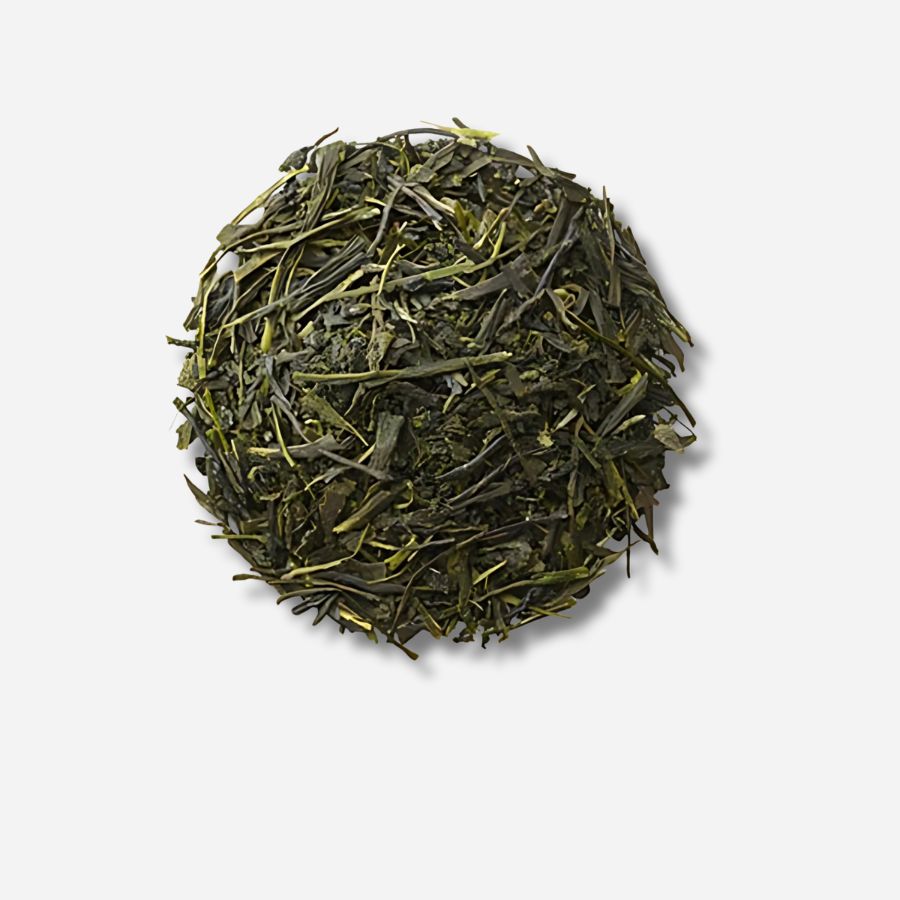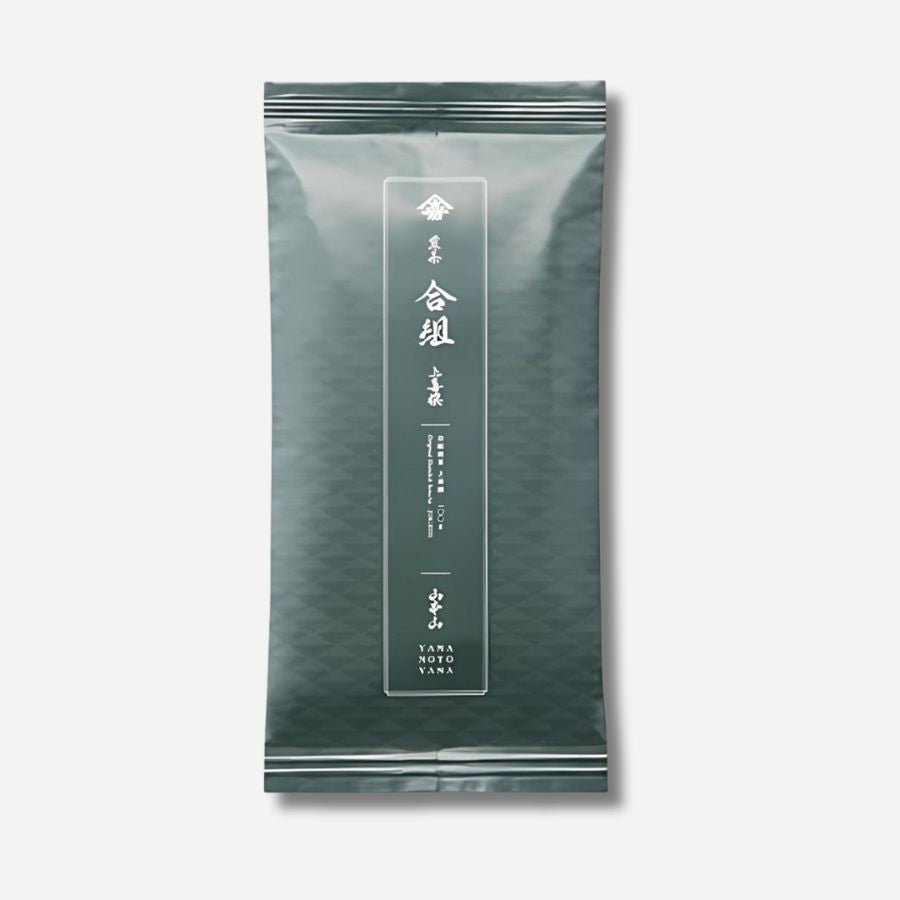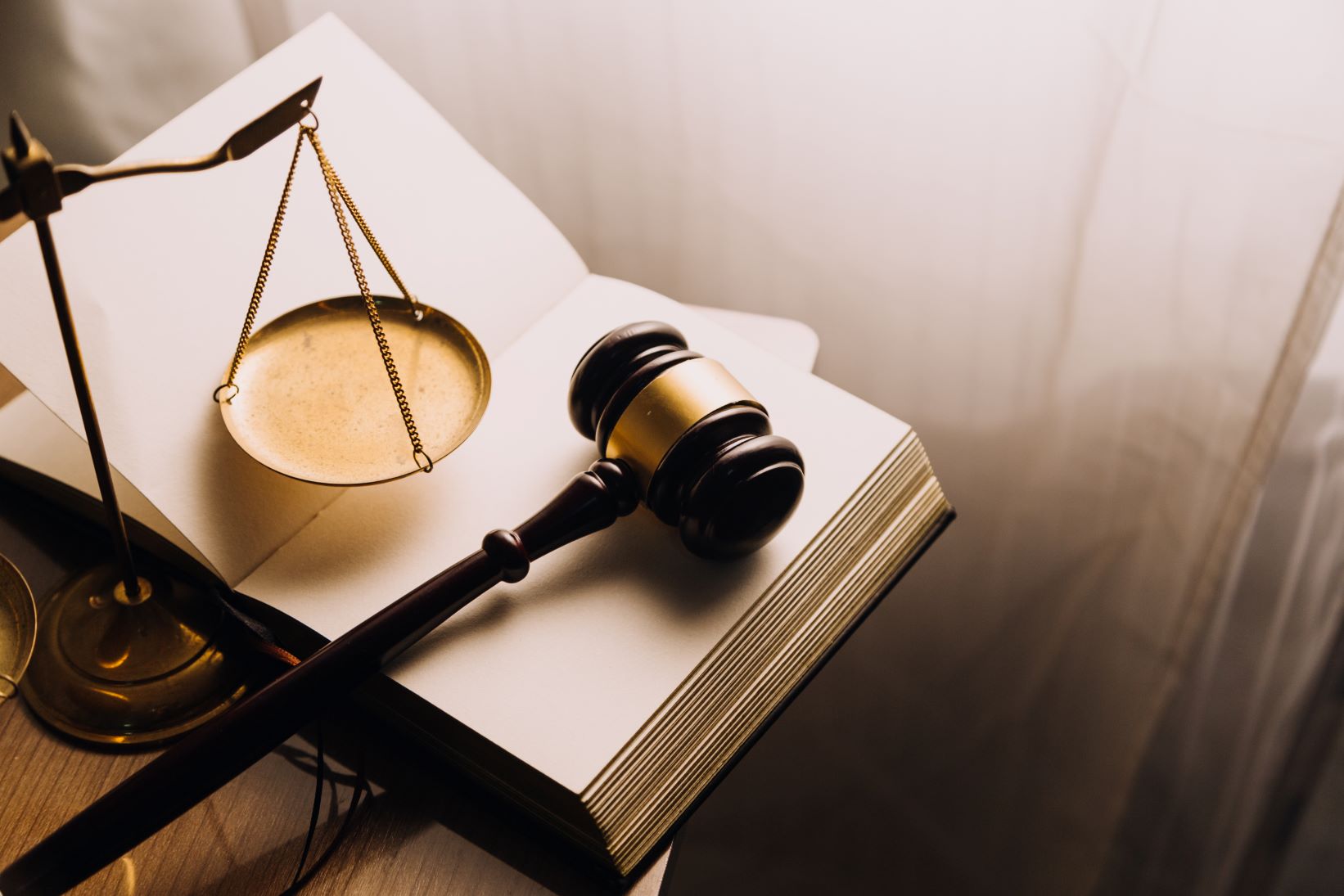
The world's tea situation! A detailed explanation of its producing areas and characteristics
Introduction
Tea is a drink that is deeply rooted in our lives. It is cultivated all over the world, and each country and region has its own unique culture and history.
Tea-producing areas around the world are spread across more than 30 countries, mainly in Asia and Africa.
Among them, China, India, Kenya and Sri Lanka are known as major producing countries.
In particular, China is the world's largest tea producing country, and its production volume has been increasing in recent years.

Why China is the world's largest tea producer
Why is China the world's largest tea producer?
One of the reasons for this is China's long history and deep tea culture. Tea has been cultivated and consumed in China since ancient times.
Over the years, tea cultivation techniques and breeding have improved, resulting in the creation of a wide variety of teas, including green tea, oolong tea, and pu-erh tea.
China also has a vast land area and is home to many vast tea plantations that are incomparable to those in Japan.

Furthermore, the climate and soil of tea plantations in China vary greatly from region to region, so different types of tea are grown in each area.
This allows for the production of a wide variety of teas.
In addition, China, the world's most populous country, has a huge domestic tea consumption, and production is increasing to meet that demand.

Tea-producing Middle Eastern countries
After China, the other major tea producing countries are India, Kenya and Sri Lanka.
These countries are primarily involved in the production of black tea. Assam black tea from the Assam region of India and Ceylon tea from Sri Lanka are world famous.
Kenya, also in Africa, is one of the world's leading tea producing countries.

When people around the world talk about "tea," they mean black tea.
When it comes to tea in Japan, green tea comes to mind, but when you look at the world's tea production, black tea has an overwhelming presence.
The difference is clear, with black tea accounting for about 60% of the total and green tea accounting for about 35%.
In recent years, the production of green tea has increased due to growing health consciousness, but black tea remains the driving force of the global tea market.

Finally
As such, tea-producing areas around the world produce a wide variety of tea leaves, with different characteristics depending on the country or region.
Each tea leaf is deeply rooted in history, culture, and climate, and offers us the pleasure of enjoying a rich variety of flavors.











